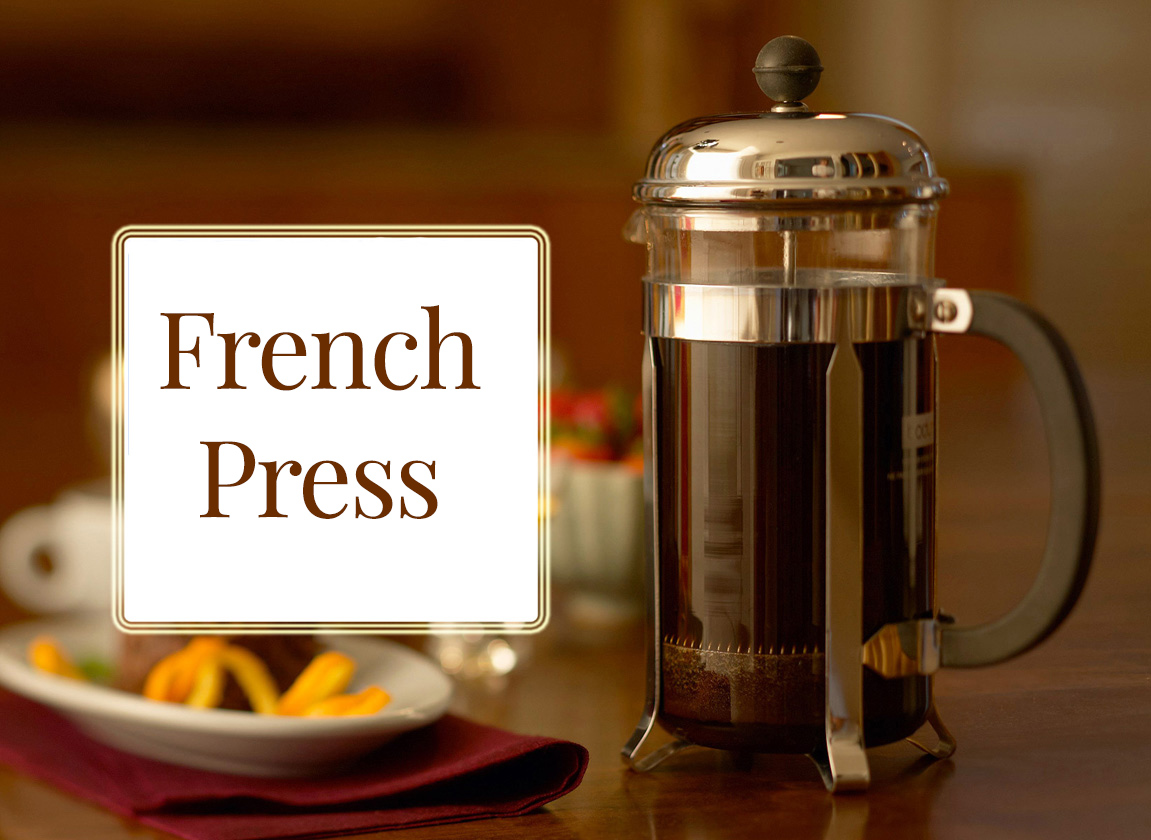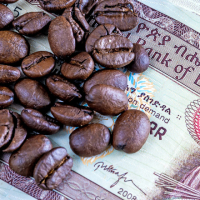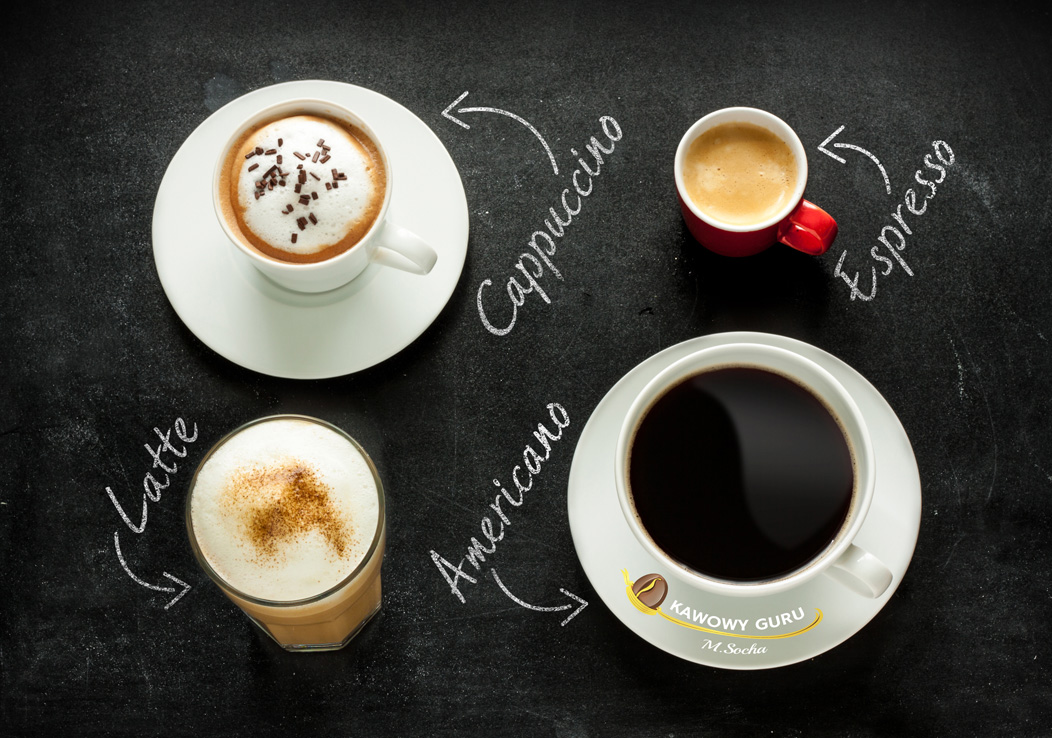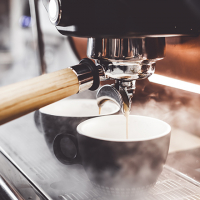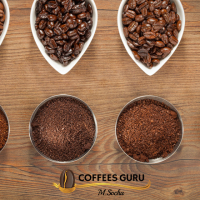French press, also known as press pot or coffee press, is one of the simplest devices for home coffee making. If you use high quality, fresh roasted and ground just before brewing coffee beans, you will gain the highest quality black coffee, which you won’t have to be ashamed of, even in front of elegant guests.
In my previous articles I wrote about making coffee with classic devices like Bialetti percolator, Chemex, or Aeropress (which is known for roughly 10 years, but it’s already considered a classic). The last one remaining is the “French press“. This name is most popular in the USA and Canada, in France it’s called “cafetière à piston” , in Italy (where it originated from) “caffettiera a stantuffo” and in Great Britain, Australia and New Zealand it’s just “coffee plunger“.
As I already told, it originated from Italy. It was designed by Attilio Calimani in 1929. At first, it didn’t get much attention. In 1950s another Italian designer, Faliero Bondanini, modified the original device, and found a company which would produce it. It was a French… clarinet factory – Martin SA, which popularized in Europe. The name “French press” comes from the company’s origination country.
Later, French press, could be found in other companies offers as well, e.g. English Household Articles and Danish Bodum (which is famous for it’s highest quality French presses). The modern French press consists of a narrow cylindrical beaker, usually made of glass or clear plastic, equipped with a metal or plastic lid and plunger that fits tightly in the cylinder and has a fine stainless steel wire or nylon mesh filter. The simplicity of French press is what makes it so popular all over the world.
How to make a coffee using French Press?
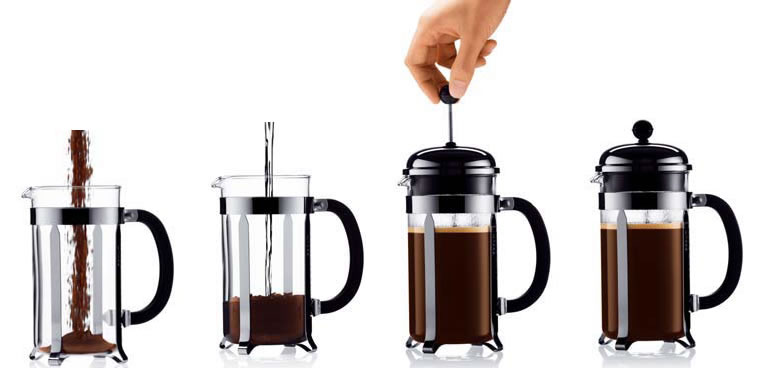
Obviously, you need coffee. I always encourage to buy coffee from reliable sources, as coffee loses it’s qualities with time. Would you like to eat bread baked 2 weeks ago? Or sweets that have already seen their best moments? The answer is obvious. Why, then would you buy a coffee roasted half a year ago?
I encourage you to read coffee’s labels. Even in reputable deli shops, you can find coffees like Illy, Pellini or Lavazza roasted 1 year ago! Although coffee is a long term product and can be storaged for quite a long time (most companies use 2-year expiration period), but there is a gigantic quality gap between coffee roasted 2 or 3 weeks ago and coffee roasted a year ago. Ok, let’s assume that you have good quality coffee. Now, you have to grind it. Of course, you can buy ground coffee, but I will again encourage you to buy a grinder and do it yourself. Grinding coffee right before brewing is the easiest method of increasing it’s quality even by 50%.
In case of French press, coffee should be coarsely ground, because extraction takes around 4 minutes. For 1 liter of water, you should use around 60-70 g of coffee. You pour it into the press, mix it and wait for 4 minutes. If the grinding level is correct, the time of 4 minutes will result in the best quality coffee. After this time, you should mix it again and put the plunger with lid on the cylinder. Now, it’s time for the most enjoyable part: gently press the piston to separate the grounds and hold them at the bottom of the beaker. Try to do it as gently as you can, so you don’t scratch the gasket and stop the dregs from getting into the drink.
That’s it! Your coffee is ready. You should instantly pour it into mugs/cups and don’t leave any amount in the press, as it will get bitter if it keeps in touch with the dregs.


